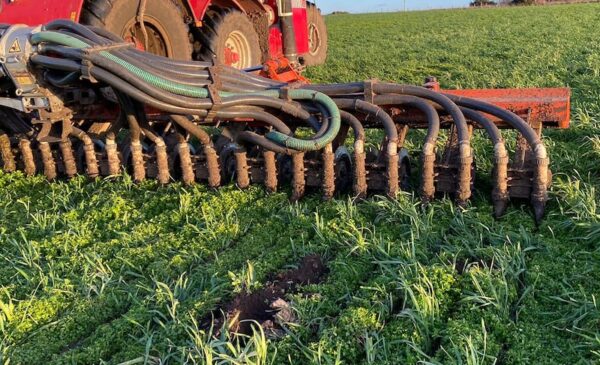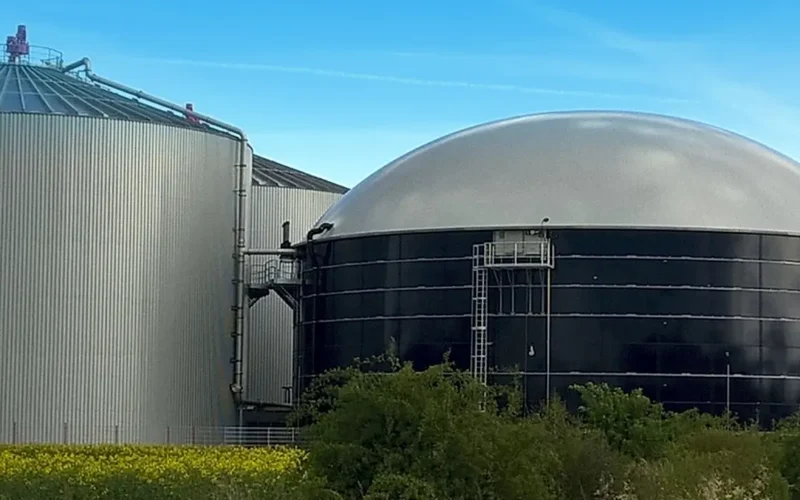The lack of oxygen inhibits the range of bacteria that would normally populate under aerobic conditions causing composting.
In their place are bacteria that thrive without oxygen, and in doing so convert the sugars in the feedstock into carbon dioxide (about 35%) and methane (about 60%). The methane can then be used to generate renewable electricity and heat in a combined heat and power (CHP) engine, burned directly to produce heat, be cleaned and injected into the grid or used to produce fuel. The material left over after digestion, known as digestate, can be used as a fertiliser and soil improver. However, this can only be effective if they are widely accepted by farmers who need to be properly informed about what they are and how to use them safely. Incentive programs and the need for some regulation in the sector has resulted in a complex market place where digestates with differing origin, certifications and characteristics are available.
The simple flow diagram within the Using Anaerobic Digestates on Farms in Scotland document provides the key questions and explanations at each step to allow farmers/landowners to determine if a given digestate is suitable for use on their land. A series of information notes are also available to download using the links below to provide more details.
Digestate Information Sheet 1 - Introduction to digestate
Digestate Information Sheet 2 - Points to be aware of
Digestate Information Sheet 3 - Application methods
Digestate Information Sheet 4 - Nutrient availability
Digestate Information Sheet 5 - Total nutrient content liquid digestate
Digestate Information Sheet 6 - Nutrient content of solid digestate
Digestate Information Sheet 7 – Available Nutrient Content of Liquid and Solid Digestate Applied at Different Rates
Digestate Information Sheet 8 – Available Nutrient Value (£) of Liquid and Solid Digestate Applied at Different Rates
These documents were created by SRUC, funded with support from the Universities Innovation Fund (UIF), from the Scottish Funding Council (SFC)
Listen to the podcasts:

Digestate on Scottish Farms – a farmers’ perspective
This podcasts discusses, with farmer William Rose from Mid Coul Farm, the practicality of using digestate on farm.

Digestate on Scottish Farms with Audrey Litterick
This podcasts discusses the current digestate market within Scotland, looking at how digestate can be utilised on farm.

